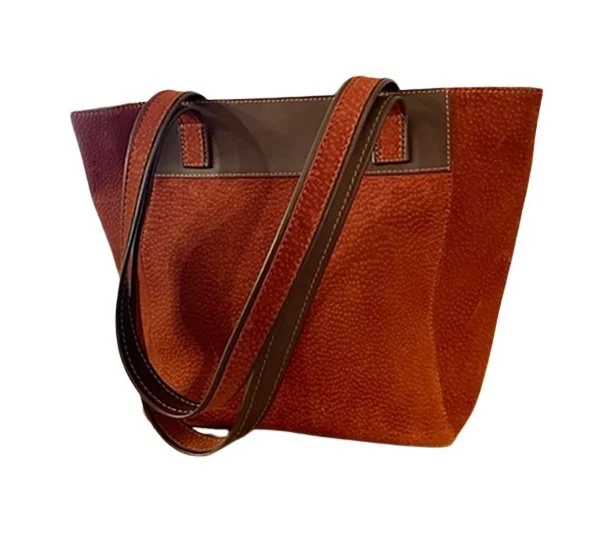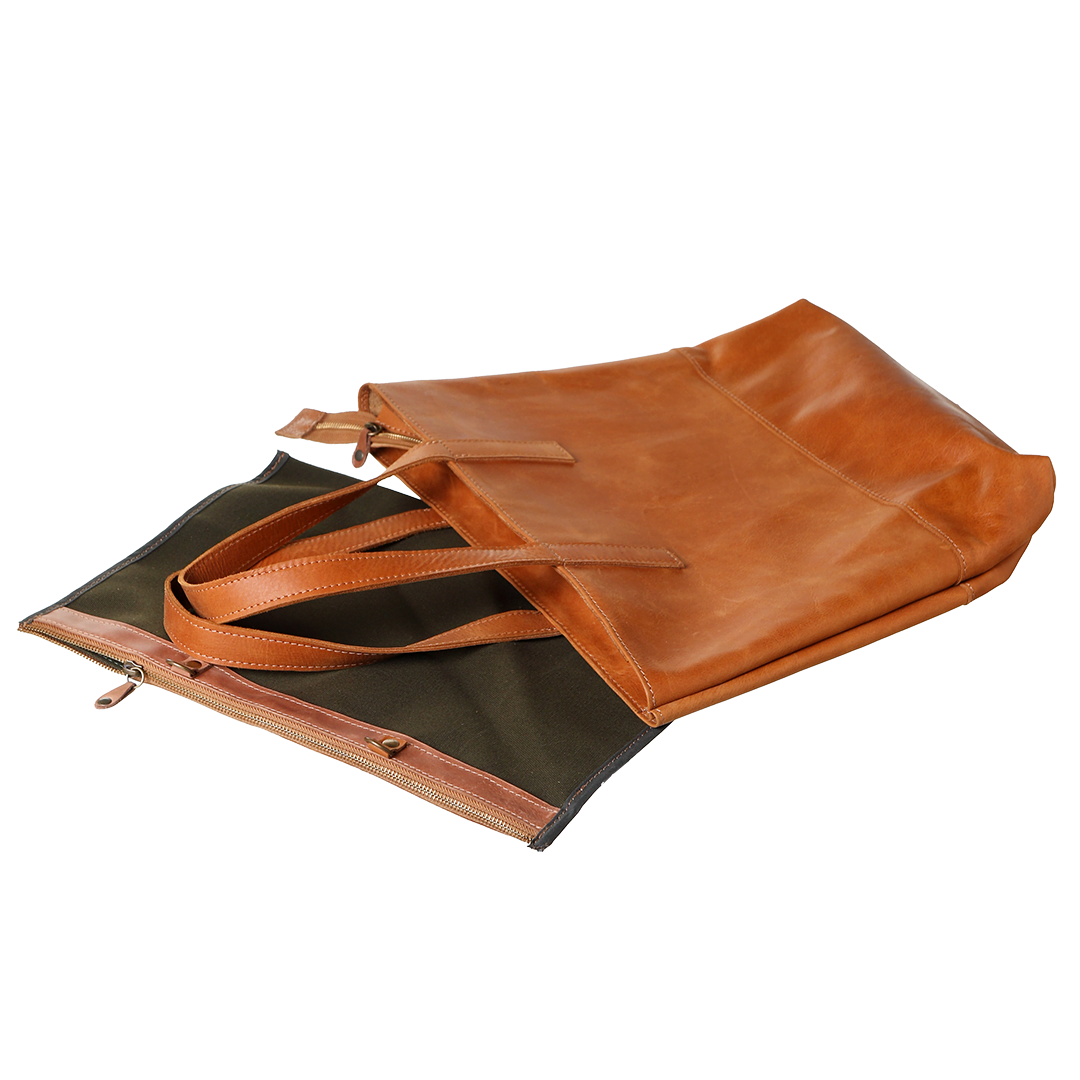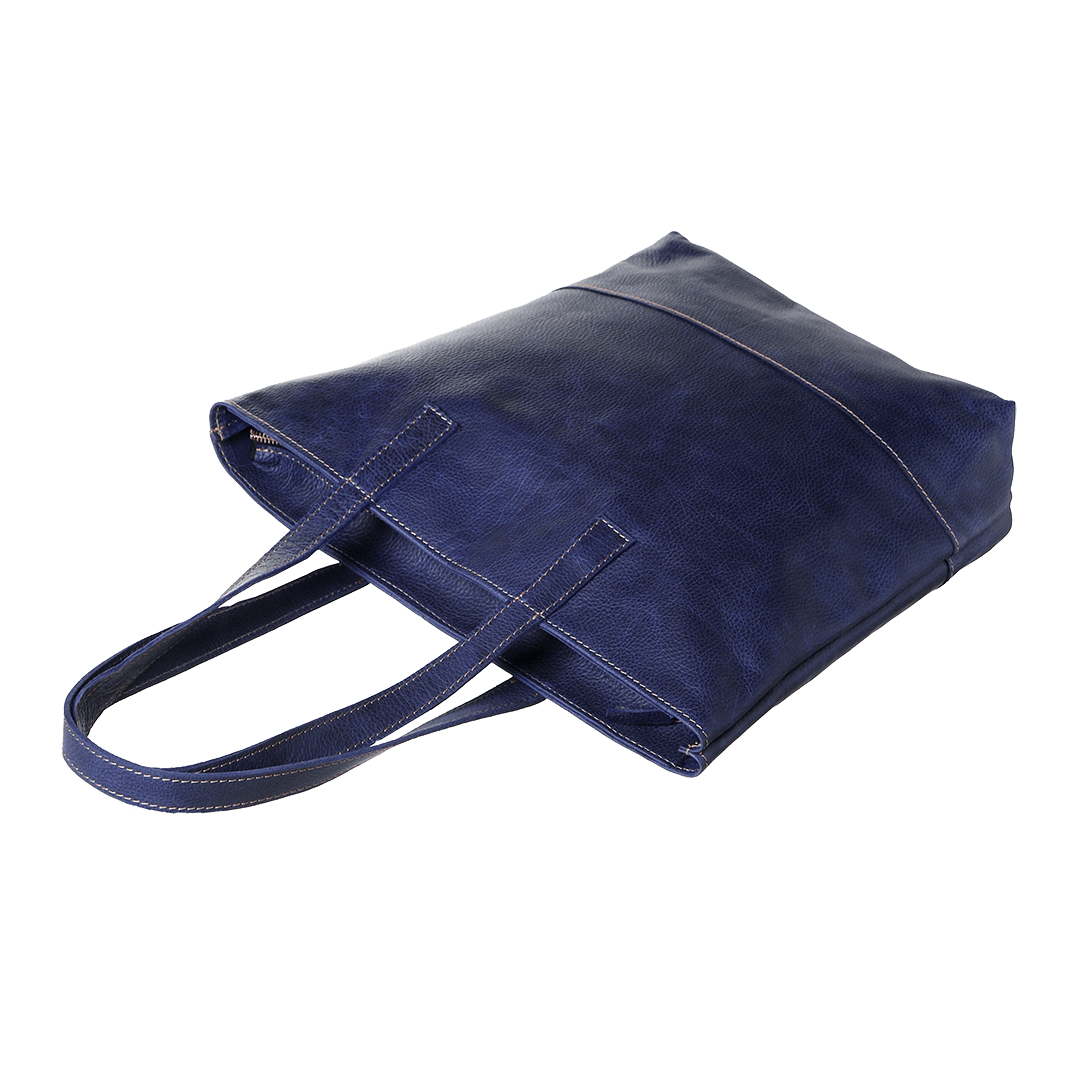Argentina’s trusted leather bag makers blend tradition with quality, using full-grain hides and skilled artisans to create durable, timeless pieces.

Table of Contents
- What Makes Argentine Leather World-Famous?
- How to Identify a High-Quality Leather Bag from Argentina
- A Curated List of 8 Trusted Argentinian Leather Producers
- The Journey of a Bag: From Factory Floor to Your Shoulder
- What Questions Should You Ask a Leather Goods Seller?

What Makes Argentine Leather World-Famous?
The global reputation of Argentine leather, or *cuero argentino*, is not a recent development but a legacy built over centuries. Its prestige stems from a unique combination of superior raw materials and deeply ingrained artisanal tradition. The vast grasslands of the Pampas are home to free-ranging cattle that develop thick, strong, and supple hides with minimal imperfections like insect bites or scarring. This exceptional starting point is fundamental to the final product’s quality.

Beyond the raw hide, the country’s heritage of artisan craftsmanship plays a pivotal role. Generations of leatherworkers, known as *marroquineros*, have passed down meticulous techniques for tanning, cutting, and stitching. Many workshops still favor traditional vegetable-tanned leather, a time-honored process that uses natural tannins from tree bark. This method produces a durable, firm leather with a rich, natural scent that develops a beautiful patina over time, telling the story of its use. This dedication to process ensures each piece is not merely an accessory but a functional work of art, built to last a lifetime.
How to Identify a High-Quality Leather Bag from Argentina
Distinguishing authentic, high-quality Argentine leather from inferior alternatives requires a trained eye and an attention to detail. True craftsmanship is evident in every component of a bag, from the primary material to the smallest stitch. The grade of the leather is the most critical factor. Full-grain leather is the highest quality available; it uses the outermost layer of the hide and retains all the natural grain, markings, and texture. It is incredibly strong and develops a coveted patina with age. A step below is top-grain leather, where the surface has been lightly sanded to remove imperfections, making it more uniform but slightly less durable.
Beyond the hide itself, the construction details reveal the manufacturer’s commitment to quality. Examine the stitching—it should be tight, even, and consistent, with no loose threads. The hardware, including zippers, buckles, and clasps, should feel heavy and substantial, not flimsy or coated in cheap plating. A well-made bag will also feature a durable lining, often made of canvas, pigskin, or another robust fabric. Trust your senses; high-quality leather has a distinct, rich, earthy aroma, whereas chemically treated or synthetic materials often have a plastic-like smell.
| Feature | High-Quality Indicator | Low-Quality Indicator |
|---|---|---|
| Leather Grade | Full-grain or top-grain; rich texture, natural imperfections. | “Genuine leather” (a lower grade); plastic-like feel, uniform surface. |
| Stitching | Even, tight, and uniform stitches with thick thread. | Loose, frayed, or uneven seams. |
| Hardware | Solid brass, nickel, or other heavy-duty metals; smooth operation. | Plated alloys that chip or break; zippers that snag. |
| Lining | Durable canvas, pigskin, or high-quality fabric, securely stitched. | Thin nylon or synthetic fabric that can easily tear. |
| Smell | A rich, natural, earthy scent. | A chemical or plastic-like odor. |
A Curated List of 8 Trusted Argentinian Leather Producers
Argentina is home to a wide spectrum of leather producers, from historic luxury houses in Buenos Aires to modern workshops that ship globally. These manufacturers represent the pinnacle of quality, each with a distinct identity but a shared commitment to excellence.
1. Rossi & Caruso
Founded in 1868, Rossi & Caruso is one of Argentina’s most iconic and historic luxury leather goods houses. Originally specializing in saddles and equestrian gear, their expertise in crafting durable, elegant products is unparalleled. Their stores are a staple of refined taste, offering everything from classic briefcases and handbags to polo equipment. Their manufacturing process remains rooted in tradition, making them a benchmark for heritage quality.
2. La Martina
While known globally as a polo lifestyle brand, La Martina’s origins are deeply tied to leather manufacturing. They began by producing high-quality leather saddles and boots for polo players, a testament to their ability to create products that withstand extreme conditions. This commitment to durability and function carries over to their line of leather bags, which blend a rugged, sporty aesthetic with sophisticated design.
3. Prüne
As one of the most prominent and accessible leather brands in Argentina, Prüne has mastered the balance between contemporary fashion and quality production. With stores throughout the country and Latin America, they offer a wide range of trendy and classic designs in handbags, shoes, and accessories. Their large-scale manufacturing allows them to stay current with global trends while maintaining a consistent standard of Argentine leather quality.
4. Peter Kent
Since 1972, Peter Kent has been a name synonymous with sophisticated and elegant leather handbags. This family-owned company focuses on creating timeless designs with meticulous attention to detail. They are known for their exquisite craftsmanship and use of premium leathers, often incorporating unique textures and colors into their collections. Their factory and showroom are a testament to their dedication to design and quality control.
5. Cardon Cosas Nuestras
Cardon captures the spirit of Argentine rural identity and the *gaucho* tradition. Their brand ethos, “Cosas Nuestras” (Our Things), is reflected in their products. Their leather bags are robust, functional, and imbued with a rustic charm. Manufacturing focuses on durability, creating items like sturdy travel bags and briefcases that evoke the rugged landscape of the Argentine countryside.
6. Murillo 666
While not a single brand, Murillo Street in Buenos Aires’s Villa Crespo neighborhood is a famous leather district. Murillo 666 is one of its most well-known addresses, representing a collective of tanneries and factory outlets. Here, consumers can often buy directly from the source. It’s a place where you can find a vast array of leather jackets, bags, and accessories, often with the option for custom work, showcasing the raw, industrial side of leather manufacturing.
7. Las Pepas
Known for its bold, rock-and-roll-inspired fashion, Las Pepas infuses a youthful and edgy energy into its leather goods. While they offer a full clothing line, their leather bags and jackets are standout pieces. Their manufacturing combines quality Argentine leather with daring designs, metallic finishes, and unique hardware, appealing to a fashion-forward clientele that values both style and substance.
8. Beldtura Leather
Beldtura Leather embodies the modern evolution of Argentine leather manufacturing: a workshop that bridges the gap between traditional craftsmanship and the global consumer. By operating as a direct-to-consumer manufacturer, they maintain complete control over the entire production process, from selecting the finest full-grain Argentine hides to the final stitch. This model ensures exceptional quality without the traditional retail markup.
Specializing in timeless and functional designs like briefcases, duffel bags, and totes, Beldtura focuses on creating durable pieces for travel, work, and daily life. Their commitment to using vegetable-tanned leather and employing skilled artisans results in products that are not only beautiful but are built to endure and age gracefully. They represent the new wave of producers making Argentina’s legendary quality accessible worldwide.
The Journey of a Bag: From Factory Floor to Your Shoulder
The creation of an Argentine leather bag is a multi-stage process that blends raw nature with human skill. It begins with sourcing premium hides from local tanneries, which are carefully inspected for quality and consistency. Once at the factory, master craftsmen create patterns for each component of the bag. These pieces are then precisely cut from the hide, a crucial step that requires an expert understanding of the leather’s grain and stretch.
Next comes assembly, where the individual pieces are skived (thinned at the edges for a clean seam), glued, and meticulously stitched together using heavy-duty, waxed thread. Hardware is securely attached, and the lining is fitted. The final stages involve finishing touches like edge painting, conditioning the leather, and a final quality control inspection. Traditionally, these bags would move to a wholesaler, then a retailer. However, modern manufacturers increasingly sell directly to consumers online, preserving the integrity of the product and connecting the artisan directly with the person who will carry their creation.
What Questions Should You Ask a Leather Goods Seller?
When investing in a quality leather bag, asking the right questions can ensure you make an informed decision and acquire a piece that meets your expectations. Engaging with the seller, whether in a store or online, reveals much about the product’s provenance and the manufacturer’s transparency.
Start by inquiring about the leather itself. Ask, “What type of leather is this?” and listen for terms like *full-grain* or *vegetable-tanned*. A knowledgeable seller will be able to explain the specific characteristics of the hide. Follow up with questions about its origin: “Is this leather sourced and tanned in Argentina?” This confirms its authenticity. Don’t hesitate to ask about the construction, such as, “How are the seams reinforced?” or “What material is the hardware made from?” Finally, inquire about proper care. A reputable producer will provide clear instructions on how to clean and condition the bag to ensure its longevity.



